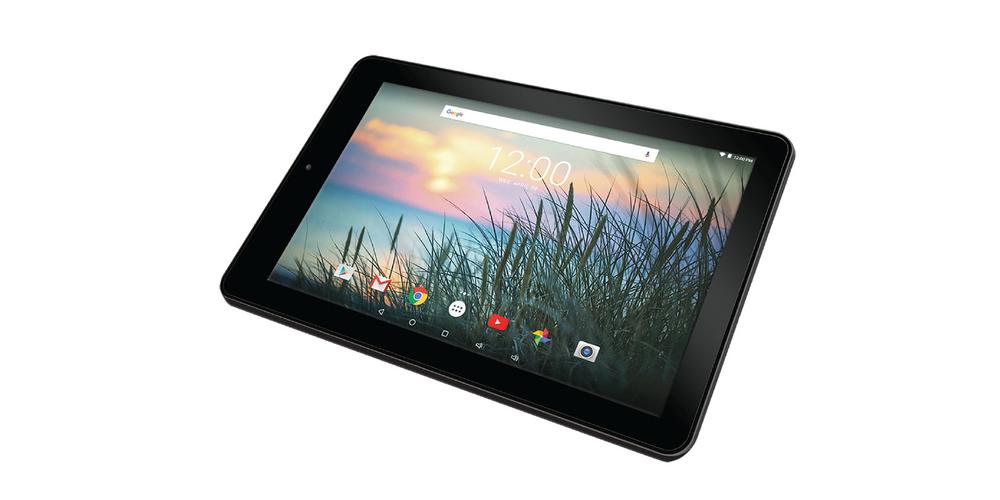
Maps are my jam. I especially love looking at them and studying them, but learning how they are made, why they are made, and how they have evolved is just as interesting. A new book, Theater of the World: The Maps That Made History by Thomas Reinertsen Berg, runs us through the history of maps and mapmaking from the ancient world to the present. His compelling writing style is informative yet captivating as we travel forward in time, uncovering the development of maps along with the author. Along the way, we learn about men and women mapmakers who have had an impact on how we see the world, sometimes even guiding it. Translated from the Norwegian by Alison McCullough, this book won a prestigious Norwegian award in 2017.

The book spans recorded history, beginning with prehistoric maps and maps from the earliest civilizations, such as Sumerian, Babylonian, and Egyptian maps. It goes on to cover the Greeks and Romans, and then, of course, the first atlas by Abraham Ortelius and Gerardus Mercator. Covered next are Norwegian and Dutch maps, surveying, the prime meridian, and the difficulty of mapping northern regions. In more modern times, the book looks at aerial surveys, the ocean floor, and then, satellite and digital maps.

Mapping came out of necessity, the necessity to find new land and sea routes, the necessity of uncovering new sources of wealth, and the necessity of understanding the planet on which we live. Maps weren’t just made by professional map makers. Anyone who explored an area, especially a new area, could and would create maps from what they saw. By learning about the history of the world as the understanding of the world itself unfolded, we understand better the context in which these historical people lived. They didn’t have the same knowledge of the world as we do, the kind that anyone with access to Google Earth can get; they were inventing it from scratch and building on what came before. Going along with the mapmakers of history on this journey of discovery is a fun, fascinating, and extremely important way to learn about history.

In this book, we hear from historical experts and notable explorers, such as Herodotus, Ptolemy, Tycho Brahe, the Cassini family, Ferdinand Magellan, John Cabot, the Wright brothers, and Marie Tharp (Google her). It includes world maps, local area maps, religiously based maps, maps of fortresses, survey maps, coastal maps, topographical maps, maps of the ocean floor, and digital maps. It’s particularly fun—for me at least—to compare how parts of the world look on these older maps to how they look today.

This fantastic book gives us the historical context for all of the maps we’re familiar with, and why they look the way they do. Those oval-ish maps of the world have a reason for their origin, for example. And the map projections we’re familiar with weren’t invented overnight; there was some trial and error. We see map details start to appear, such as a scale, standardized symbols, and place names. And you learn just how integrated the histories of astronomy and mapmaking were in some regards, which makes sense since people used to navigate using the stars. In fact, science is a well-represented part of the book.

Printed on thick, high-quality paper, this book is one that will last. You get the history of maps told within the context of world history, alongside 55 full-color images of the maps themselves. The book is broken up into time period and topic, with each chapter broken up into smaller sections, easily read in one sitting.

The text is very accessible yet detailed with plenty of references throughout that will keep those with a special interest in maps busy for a long time to come. Though it is ostensibly a book about maps, it’s more a narrative than a reference book. You can page through it and read bits here and there, but you’ll get the most out of it by reading it from front to back. This will help you to understand mapmaking history’s timeline and see connections between events and developments in cartography, exploration, and discovery. There is also a nice Further Reading section in the back for those who want to delve even further in the subject. The book would be slightly improved by having a more comprehensive index, but that is just me being nitpicky.
I highly recommend Theater of the World: The Maps That Made History for anyone who loves history, Earth science, antiquarian maps, map study, cartography, or armchair travel. Its quality map imagery and compelling and accessible text make it an ideal book to dig in and dive deep.
Note: I received a copy of this book for review purposes.



